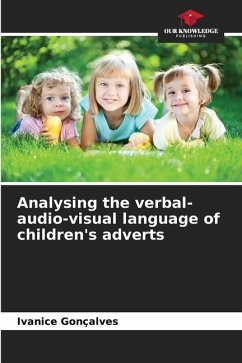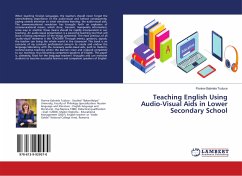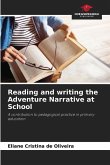This research aims to analyse the verbal-audio-visual language of two toy advertisements, one for the Barbie doll and her beauty salon, and the other for the Max Steel doll and its accessories, both from the Mattel company, more specifically on the inference skills needed by primary school students when reading the verbal and non-verbal language of these TV advertisements. It also aims to propose a didactic sequence for teaching schools how to read the verbal-audio-visual language of adverts in order to make students more perceptive readers of this discursive genre. This study is based on the dialogical theory of language from the perspective of Bakhtin and his Circle, who understand language as a social practice and that discourse is organised to meet communicative needs based on dialogical relationships.








